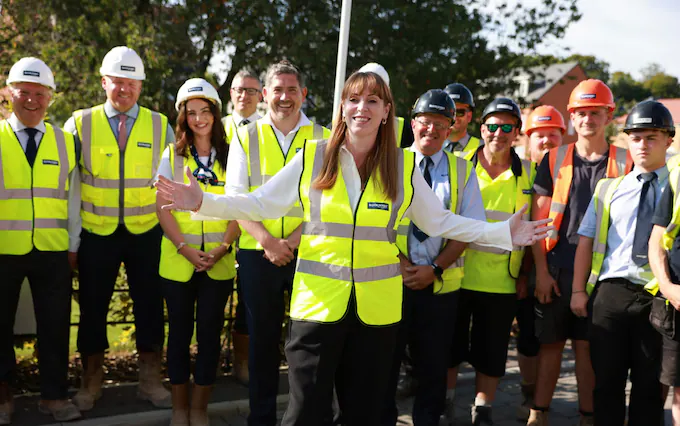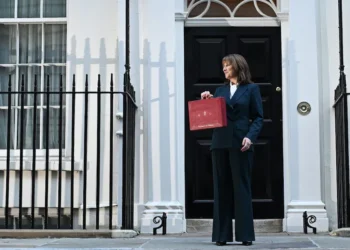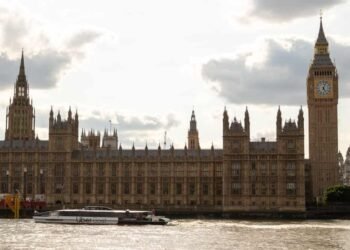Angela Rayner, Deputy Prime Minister and Housing Secretary, has announced the establishment of a new towns taskforce, tasked with identifying sites for new towns within the next 12 months.
Chaired by Sir Michael Lyons, a distinguished economist and former BBC chair, the taskforce is expected to bring his extensive experience in local government to the forefront.
Dame Kate Barker, an economist and former member of the Bank of England’s monetary policy committee, will serve as the deputy chair.
Barker’s previous work on housing policy inquiries for past governments underscores the expertise guiding this initiative.
The taskforce’s primary objective is to determine suitable locations for new towns.
However, a closer examination of the Department for Housing, Communities, and Local Government’s announcement reveals that many of these new developments will likely be expansions of existing towns rather than entirely new settlements.
Rayner has set an ambitious target for these new developments: a 40% rate of affordable housing.
In a statement outlining the taskforce’s mission, the department elaborated:
“The program of new towns will create large-scale communities of at least 10,000 new homes each, with many significantly larger. These places could deliver hundreds of thousands of much-needed affordable and high-quality homes in the decades to come, tackling the barriers to growth and helping more working people across the country own their own homes.
“The new towns will help unlock the economic potential of existing towns and cities across the country. The government will continue to drive growth and regenerate areas that have been held back by constraints on their expansion for far too long. While the program will include large-scale new communities that are separate from existing settlements, a far larger number of new towns will be urban extensions and regeneration schemes that will work with the grain of development in any given area.”
Department of Housing
Furthermore, the department stated that these new communities will be governed by a ‘new towns code’ – a set of rules that developers will have to meet to make sure new towns are well-connected, well-designed, sustainable, and attractive places where people want to live.
They will have all the infrastructure and public services necessary to support thriving communities. The towns will also help meet housing need by targeting rates of 40% affordable housing with a focus on genuinely affordable social rented homes.
New Towns Taskforce, Addressing Housing Crisis
In defense of the government’s decision to reduce London’s housing target from 100,000 new homes a year to 80,000, Housing Minister Matthew Pennycook explained:
“What happened in London under the previous system is that this arbitrary 35% urban uplift was imposed on every borough in London, different from any other metro area in the country, and got you to a figure of around 100,000.
“What we’re saying to the mayor – and let’s be very clear on this, the current London plan is around 52,000 homes, current delivery in London is just over 30,000 – we’re saying the London target is 80,000. That’s incredibly stretching. The conversation I’m having with the mayor and officials in City Hall is we need you to do more.”
Matthew Pennycook

Despite support for the broader initiative, there has been criticism of the revised targets for London. Robert Colvile, director of the Centre for Policy Studies, a Tory think tank, expressed concerns in a thread on X, criticizing the reduction.
While the CPS supports the main objectives announced by Rayner, Colvile emphasized that the government should push for a higher number of new homes in London.
As such, the taskforce’s ambitious plans signal a significant effort to address the UK’s housing crisis, with a focus on both creating new communities and expanding existing ones.
READ ALSO: Holding The EC Accountable, NDC Urges Agents To Be Vigilant























